Lipoedema Month in Australia: A Tale of Two Cities - Associate Professor Ramin Shayan MBBS, PhD, FRACS (Plast)
"Firstly, thank you Mary, for your kind invitation to share news of lipoedema awareness month Down Under. June was a wonderful month for Australian lipoedema sufferers and their supporters alike."
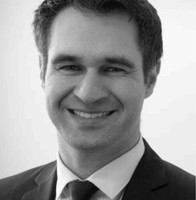
.jpg)
2022, marked the 10th year since the inception and founding of Lipoedema Australia, the peak representative body for lipoedema for our country. It was a poignant personal milestone for me, as it also marked ten years since becoming acquainted with this devastating and vexing, but also deeply fascinating disease.
As a plastic surgeon with a clinical and academic interest in lymphoedema that dated back to my earlier PhD research days (2005-07), it had been an awakening of sorts, to see that many of the patients whom I had met with lymphoedema had shared a very characteristic body shape that consisted of a phenotypical adipose tissue deposition in their legs. It was a body shape that was consistent between effected individuals from different families and which seemed to be passed down across generations in certain individuals – there had to be a reason for this - it wasn’t ‘just their shape’. At the time, there was surprisingly little about the condition to be found in textbooks, only sparse information available more generally and minimal actual scientific knowledge at all. How could this be?
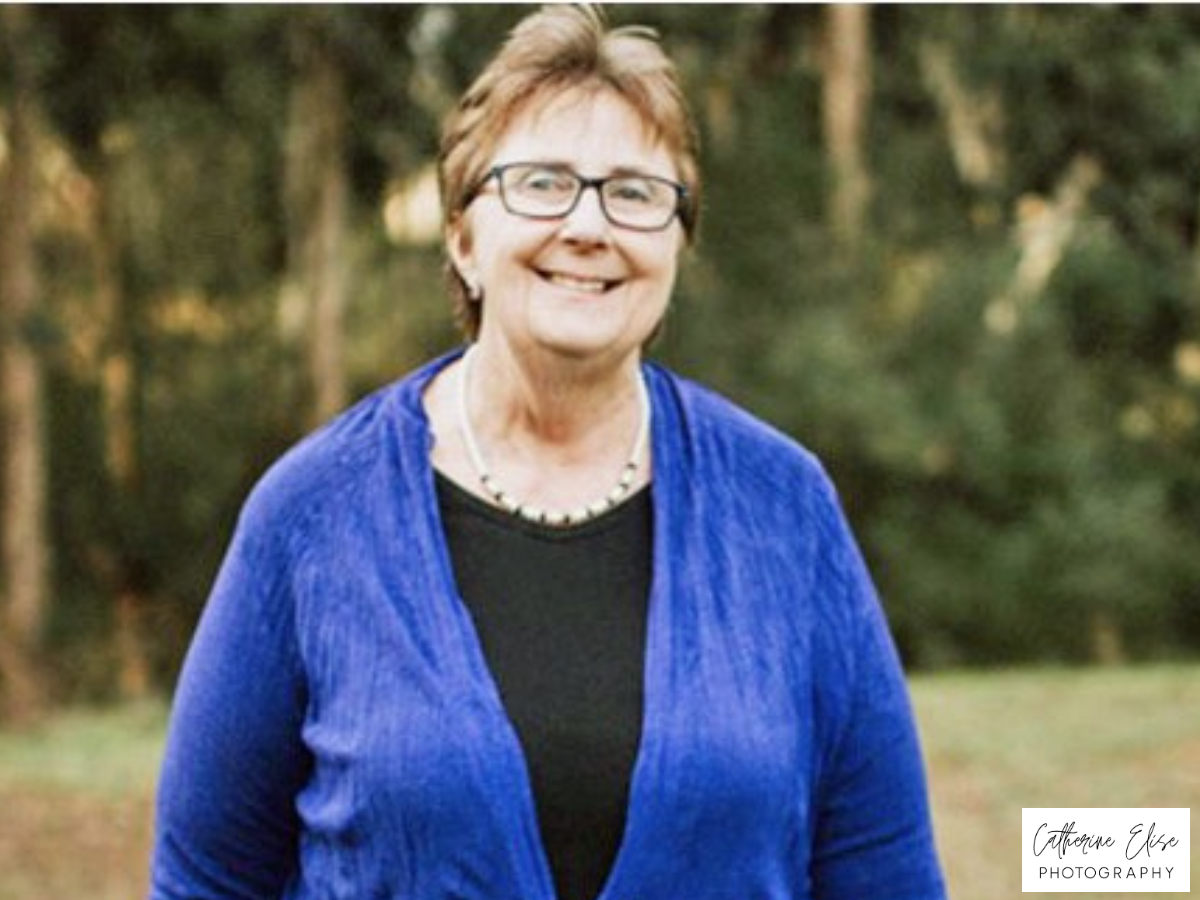
Nola Young, President of Lipoedema Australia
It was around this time, that through the courage, honesty, generosity and friendship of the founders of the Lipoedema Australia group, that I began to learn more about what it was that they had been living through.
 I became acquainted with the great Nola Young, the inaugural president of Lipoedema Australia and a real hero. Having been restricted in her mobility and suffering from severe lipoedema, she not only inspired her fellow board members to bare their legs – the source of so much stigmatization and embarrassment to them – for the cameras (in a now world-famous photo shoot), but to also give freely of their time to create an organization that was dedicated to enhancing knowledge and acceptance of lipoedema; and to giving a representational voice to so many who had suffered in silence over the years. I soon found myself becoming committed to trying to do my part to make a difference to patients’ experience and society’s perception of this disease.
I became acquainted with the great Nola Young, the inaugural president of Lipoedema Australia and a real hero. Having been restricted in her mobility and suffering from severe lipoedema, she not only inspired her fellow board members to bare their legs – the source of so much stigmatization and embarrassment to them – for the cameras (in a now world-famous photo shoot), but to also give freely of their time to create an organization that was dedicated to enhancing knowledge and acceptance of lipoedema; and to giving a representational voice to so many who had suffered in silence over the years. I soon found myself becoming committed to trying to do my part to make a difference to patients’ experience and society’s perception of this disease.
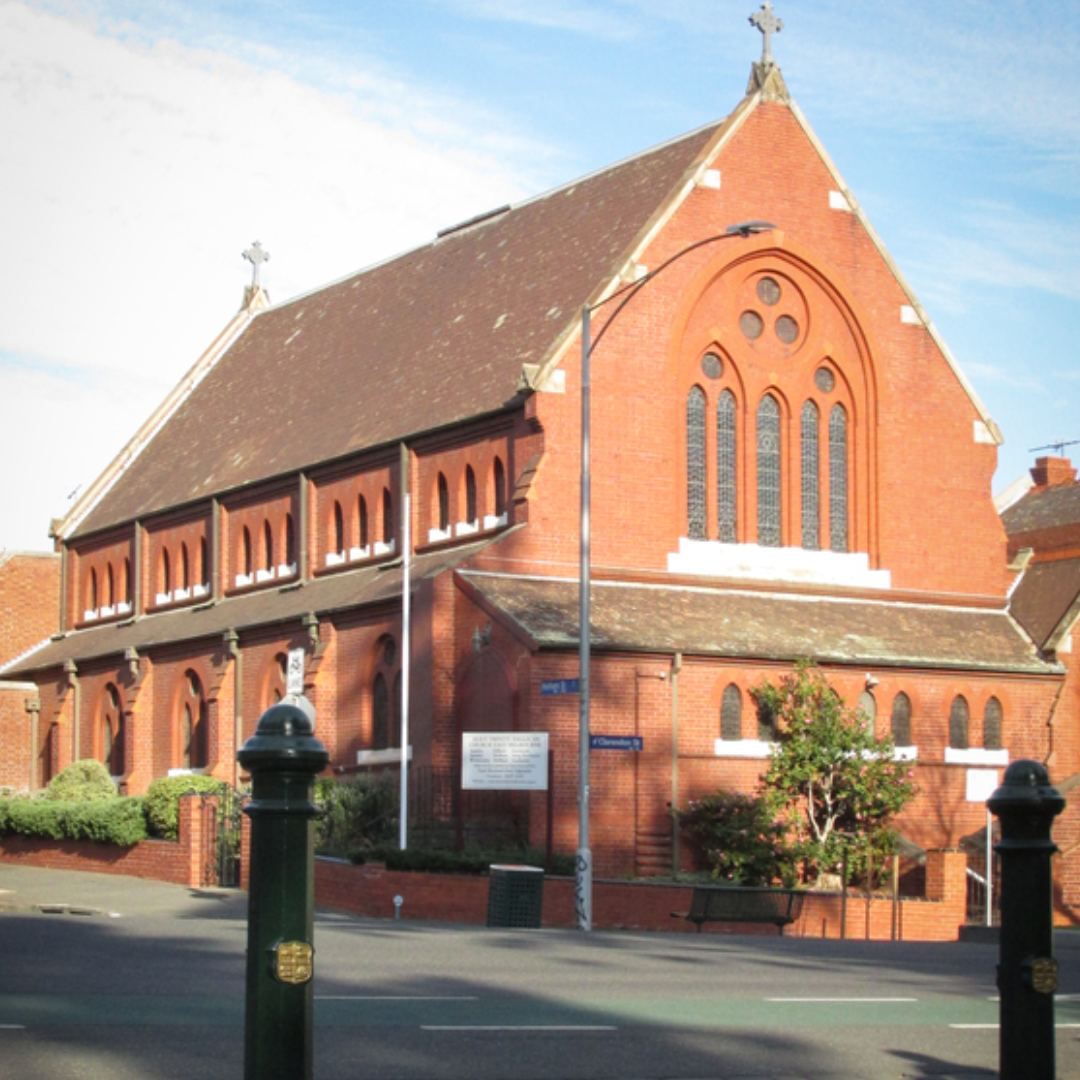
2012 - Holy Trinity Church, East Melbourne, the venue for my first lipoedema presentation
How well I remember my first presentation at a lipoedema function, in the back room of a small and dusty church hall in East Melbourne. Unbranded tea bags, flimsy disposable plastics cups and a rickety old urn sustained the handful of patient representatives and lymphoedema therapists whom I met that day, to talk about the disease, the under-serviced needs in the health sector and how we could start to think about raising funds to support some research into lipoedema.
During that meeting, we committed to creating a first-of-its-kind dedicated lipoedema research lab at the then O’Brien Institute, where I was a new plastic surgeon and laboratory head of the lymphatic biology group. Well, it took nearly three more years of hard work, but through the funding generated by Lipoedema Australia - and through the generosity of philanthropic foundations and a generous and anonymous local benefactor – we were able to generate sufficient funds to launch our science program in 2015.
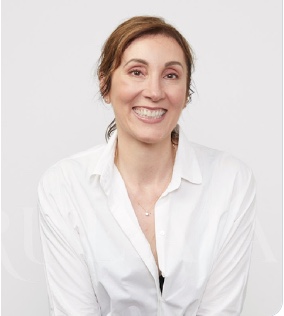
Dr Tara Karnezis
Thanks to these funds, we were able to recruit and employ Dr Tara Karnezis, and support her in turn in recruiting a team of junior scientists as well. Tara and her team have managed to identify a novel set of stem cells that helps drive lipoedema and contribute to the body of knowledge surrounding lipoedema (Int J Obes (Lond). 2022; 46(3): 502–514. doi: 10.1038/s41366-021-01002-1), and excitingly, there is more yet to come.
.png)
Since becoming Director of The O’Brien Institute, we then merged with St Vincent’s Institute of Medical Research, to become the O’Brien Institute Department - we have now enshrined the place of lipoedema in the central activities of the institute, with the support of both SVI itself and the O’Brien Foundation, our dedicated fundraising arm.
Lipoedema Awareness Month 2022 - Australia
So, what did lipoedema awareness month look like in Australia in 2022? Well, it was certainly a far cry from that modest church hall in which we had first gathered back in 2012! In the tenth year since the formation of the official lipoedema peak body in this country, we enjoyed a month-long educational and social celebration of the field and sharing of information at numerous events over two conferences, hosted in two different cities: it was a tale of two cities and a showcasing of lipoedema treatment and research.
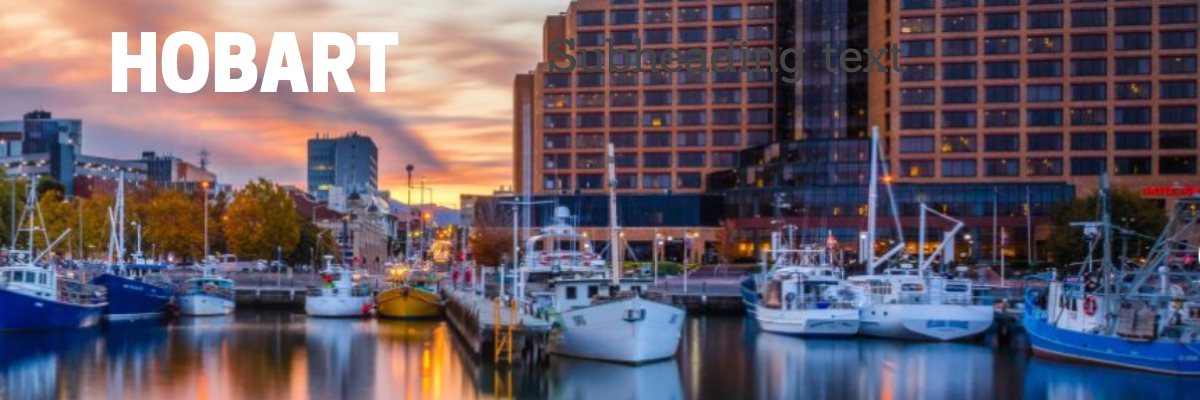
The first of these conferences was that of the Australian Lymphology Association, in which there was a strong focus on lipoedema. It was held in the beautiful waterfront area of Hobart, Tasmania, and included a host of local and international experts on lymphoedema and lipoedema, including Professor Timothy Padera (Harvard University, USA), Dr Tobias Bertsch (Földi Clinic, Germany) and Dr Haken Brorson (Lund University, Sweden).
As our plane was delayed by six hours, I arrived to Dr Bertsch’s session, immediately prior to our collective panel session, to be greeted by two enormous screens in the Hotel Grand Chancellor Grand Ballroom, bearing PowerPoint slides consisting of photographs of my face, the title of our paper in the International Journal of Obesity:
Key signaling networks are dysregulated in patients
with the adipose tissue disorder, lipedema
doi: 10.1038/s41366-021-01002-1
with bold red annotations highlighting why Dr Bertsch disagreed with our ‘misinterpretation’ of the science.
His contention was that the stem cells and molecular biology mechanisms that we had identified (on a high-tech platform that consisted of proteomic, lipidomic, metabolomic, genomic and functional analysis of not only whole tissue, but also cultured enriched stem cells and differentiated adipocytes, with significant sample numbers, bioinformatic analysis and peer-review in THE world’s leading academic journal in the area) was somehow open to ‘misinterpretation’.
However, the beauty of high-quality, validated molecular science is that these data are not open to subjective interpretation, but are, in fact, driven by objective, reproducible hard scientific facts alone. Avoiding misinterpretation is exactly why those extreme levels of stringency have been employed and why the analysis and results took five years to accumulate and publish - and why they have been through multiple layers of interrogation and review internationally.
Well, as you can imagine, to receive such a welcome, I was quite delighted! I thanked Dr Bertsch for his kind introduction and reminded him that in Australia, we love to play hard on the field and then share a drink with our opponents afterwards. No hard feelings.
What this attempted discrediting had actually meant, however, was that our paper had not only successfully reached a global audience, but that the people who opposed the views contained therein, were now not ‘playing the ball’, but instead, they were ‘playing the man’ i.e. they could not meaningfully address the scientific arguments so they sought to discredit the authors. So, as my first football coach had once said to me, “when the opposition start to play the man, that is when you know you have won” – so, as I said, not only were there no hard feelings, but I was actively chuffed.
On the panel, consisting of our international guests, myself and local therapist Helen Eason, we decided that we can agree to disagree on some points, and to agree on others. One point we did agree upon was the fact that more research is needed into lipoedema, and that we must all work together to shine a light on the mechanisms driving lipoedema, if we are to come to a cure.
Naturally, the idea of proving an argument scientifically, is that one’s position can only be valid if there is significant volume of proof behind it and that it reaches statistical significance. These are the standards that science in our field of lipoedema needs to reach, if the field is to be taken seriously as a whole; and we are only now managing to achieve the critical mass required to begin to address the serious questions about the causes and nature of lipoedema.
Can we make sweeping conclusions about the nature of lipoedema or the relationship between lipoedema and obesity yet? I do not believe that we can. Indeed, as we have only just entered the realm of level of scientific endeavor that is needed, the jury is most unequivocally still out on many of the central questions surrounding lipoedema.
The following day in Hobart, Dr Tara Karnezis and I hosted a 3.5-hour workshop that detailed the rationale behind our paper, the methods used to arrive at our results and how they had been analysed. Over 50 of the Australia’s leading lipoedema therapists and practitioners were in attendance, and it was a wonderful opportunity to share some of the details of findings of our work. After a further hour of questions, comments and discussion, it was clear that those present had really been able to digest and understand the principles behind the science, and the implications of our findings for their patients; as well as provide valuable feedback into the future directions of the SVI lipoedema research program.
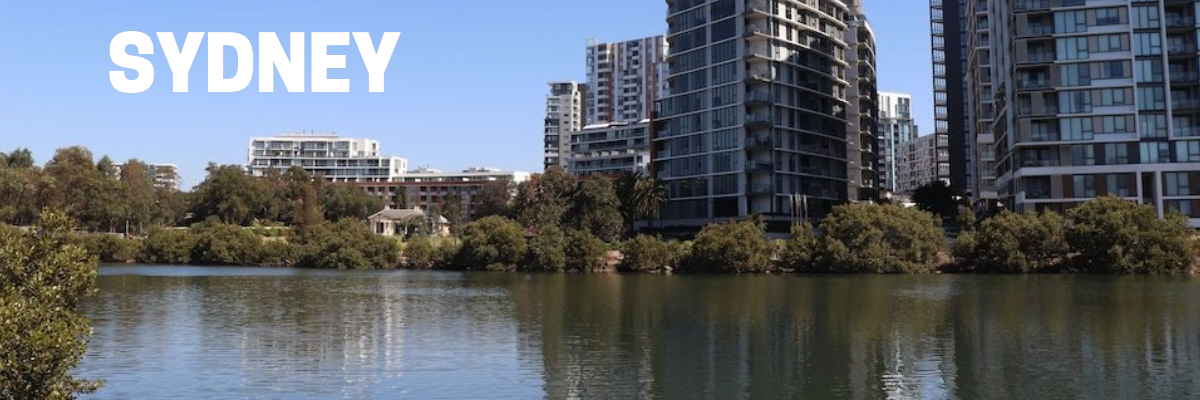
The second conference was perhaps the jewel in the crown of Lipoedema Australia calendar. Held in Sydney at the Novotel Sydney International Airport Hotel, it included international guest Dr Karen Herbst (California, USA), and numerous leading local clinicians. The nationally webcast conference boasted an excellent program that was dedicated to all aspects of lipoedema. Both the in-person and online attendances were the best of any lipoedema event held in Australia to date, and at this meeting the audience was far more engaged, empowered and knowledgeable than I have ever seen before. This was gratifying to see, particularly under the lingering specter of covid travel restrictions, and the organisers deserve to be heartily congratulated.
Significantly, at the gala dinner that had been organsised to celebrate the 10-year anniversary of the formation of Lipoedema Australia on the final night of the conference, the founding president, Ms Nola Young announced that she would be standing down from her role. After an epic and tireless contribution of stewardship and leadership that had seen a volunteer group evolve into a professional-grade peak representative body, Nola now felt confident that the organization was sufficiently robust for her to be able to hand over the reins. There has been the fair share of challenges to negotiate along the way for Nola and her team, but after a decade of fighting ‘the good fight’, it was time for Nola to move on to the next challenge. No one could help but respect the enormous effort and sacrifices that both Nola and her family have made for the advancement of lipoedema treatment, awareness and research.
Happily, for us though, Nola also announced that the next big challenge she would be turning her attention to will be fundraising for our research group, along with Tara, myself and the whole fundraising team at SVI and the O’Brien Foundation. We are blessed indeed that Nola has chosen to partner with us for the next step in her career of fighting for lipoedema awareness and funding. We are certainly excited to share in the next chapter in our continuing collective quest to combat the disease of lipoedema into the future.
So overall, I hope that this snippet serves to illustrate the wonderful time we had here in Australia during lipoedema awareness month and the great strength and momentum of the lipoedema family Down Under. The conference program that spanned two cities was highly successful and enabled all involved to see just how much progress we have been able to make in ten short years. Long may this progress continue, and through the enhanced linkages with bodies such as your own, and similar groups internationally, I am sure that it will.
Finally, I would like to issue an invitation and reminder that you and your readers and friends are always more than welcome to come and visit us here in Melbourne at any time - our door is always open.
Kind regards,
Associate Professor Ramin Shayan MBBS, PhD, FRACS (Plast)
About Dr Ramin Shayan and Dr Tara Karnezis
Dr Shayan is a senior academic plastic surgeon with world-leading experience in both clinical and research aspects of angiosarcoma, Kaposi’s sarcoma, vascular malformations and solid malignancies that rely on their neo-angiogenesis for their blood supply. Dr Shayan is Director of the O’Brien Institute Department, St Vincent’s Institute for Medical Research. He has been active in supporting and managing ongoing research into vascular biology and its application to addressing serious clinical unmet needs.
Dr Karnezis has over 15 years' experience in research leadership, heading scientific programs with commercial application at Stanford University and Peter Mac. She is an expert in vascular biology with an internationally significant track record including publications in Nature, Cancer Cell and Nature Neuroscience. Dr Karnezis authored the seminal Nature paper that described Sox18 as the master-regulator of lymphatic vessel development. In addition to experience with target identification and validation, she has been involved in identifying druggable targets related to the interaction of vascular biology and oncology.

